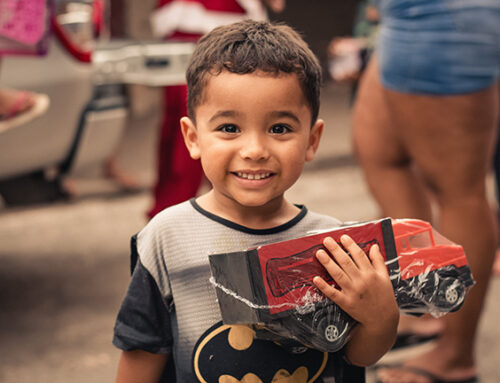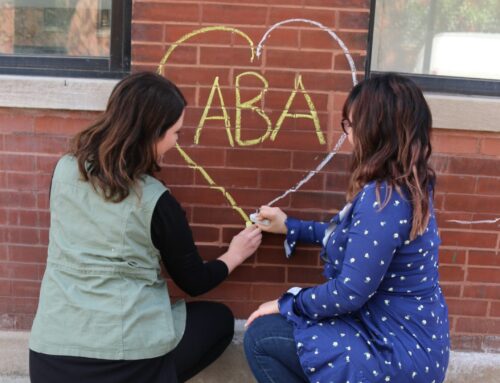What is an AAC?
AAC stands for augmentative and alternative communication. There are several forms of AAC: manual sign language, PECS, and using a tablet or iPad. When using any of these forms of an AAC, people are able to share ideas and communicate through them. There are two types of AAC: unaided and aided systems. Unaided systems include gestures, facial expressions, and sign language. Aided systems use some sort of tool or device. Examples of aided systems are a picture board or a tablet.
Using Your AAC in the Community
Once your child has been introduced to using their AAC in their home setting you can begin to use it outside the home in the community. There are different ways that you can promote the use of language in a community setting.
For example, if you take a trip to the grocery store with your child and bring your child’s AAC device, there are ways you can work in using the device to your grocery store run. When you get to the store, you can walk through the aisles and the produce section and have your child label some of the foods that he or she likes. You can also walk your child through aisles in the store where there are certain foods and drinks you know are highly preferred. Then once they start showing interest in those foods or drinks, you can have them request those items on their device. One other fun activity you can do with your child in a grocery store would be to create a shopping list of ingredients for their lunch or dinner that day. Then, you can walk through the store searching for the items and using the AAC device to label each ingredient. Once the child has found the ingredient, they can cross it off their list!
Augmentative and Alternative Communication (AAC), ASHA, www.asha.org/public/speech/disorders/aac/.

Blue Bird Day fosters socialization, sensory regulation, and pre-academic learning in children ages 2-7 years in therapeutic rotations that simulate preschool and kindergarten settings. Our compassionate therapists practice a relationship-based and family-centered approach, provide parent training, and collaborate on goals and individualized intensive treatment plans for your child.
We believe in a collaborative and multi-disciplinary team approach to therapy. A team of occupational therapists, speech-language pathologists, dietitians, developmental therapists, behavioral therapists, physical therapists, and therapeutic assistants are created for each child to ensure child and family are fully supported and the best possible results are achieved.
Options for individualized, group and virtual therapy sessions are available as well.
Want to learn more or you have a specific question? Feel free to connect with us here!



